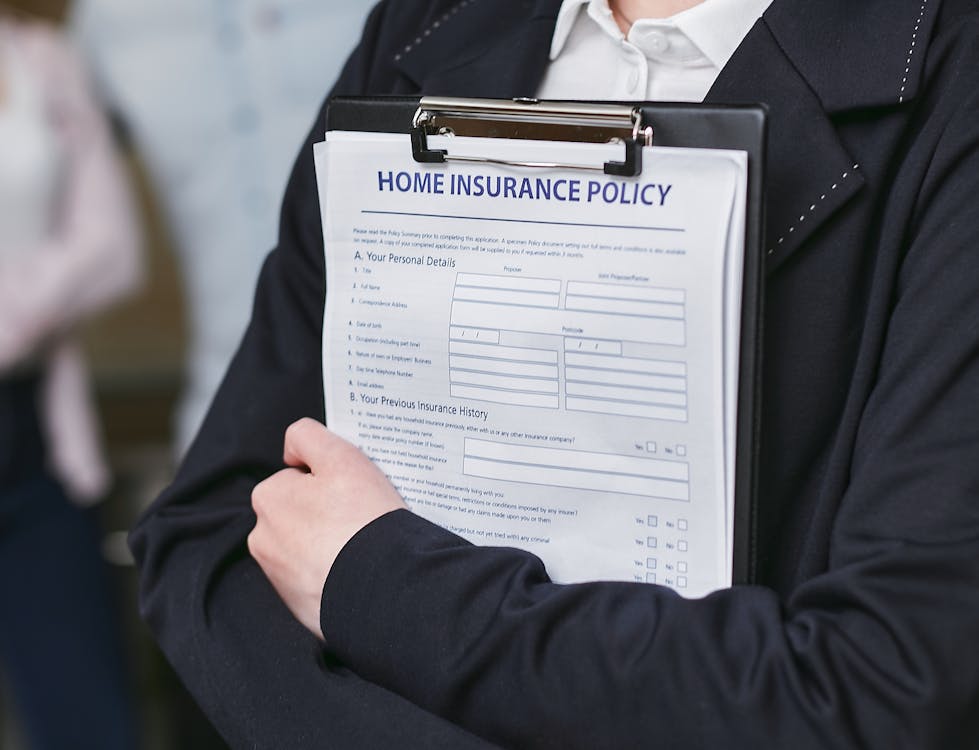The real estate market offers an excellent money-making opportunity for those with the capital to invest. One of those opportunities is owning rental property. However, being a landlord comes with its fair share of challenges that can be difficult to overcome, particularly when you’re starting out.
You’ll need a good understanding of tenant screening, rental contracts and agreements, rental property tax and insurance issues, best practices for rent collection, property maintenance, among others. If you’re considering becoming a landlord, here are five strategic tips that can help ease the transition:
Prepare to get a mortgage

It’s normal for new investors to use mortgages to purchase a rental property. A lender offers money, or debt, which you’re obliged to pay back over time with interest. Finding the right lender for landlord loans is crucial before you purchase your first rental property.
Landlord loans are designed for people who want to get into entrepreneurship but lack the cash flow to get started. It works similarly to any other mortgage, except it’s designed for real estate investors seeking to improve, renovate, or repair their acquired rental properties.
There are also other options landlords may consider financing their first rental properties, such as:
- A bank loan: This loan is the most common option for those purchasing their first rental property. Banks offer mortgages to individuals with a good credit score who are looking to invest in real estate.
- A home equity loan: This is a good option for those who have a good credit score. The loan amount will depend on your current home value, equity, and the purchase or investment you want to finance.
- A credit card cash advance: This loan generally has a high-interest rate, so it shouldn’t be used unless necessary.
Know your tax implications
The next thing to consider is the tax implications of owning rental properties. As a new landlord, you need to be aware of two types of tax returns for your property: capital gains tax and income tax. Capital gains tax is paid when an asset makes a profit between when it was bought and sold. On the other hand, income tax is paid when your rental property earns a profit. It’s important to understand that these are two separate taxes, and they involve two separate things. Income tax is levied on the income your rental property earned throughout the year after expenses, whereas capital gains tax is applied on the profit you made after selling it.
Whether you’re liable for capital gains or income tax will depend on the type of property investment strategy you choose. A professional property landlord will typically structure their investments using a limited company. It’s because a limited company can potentially reduce the amount of capital gains tax you have to pay, as well as reduce your overall income tax bill due to the dividend being paid out from profits.
Find good tenants
Many landlords mistakenly think that being a landlord is only about purchasing a property, renting it out, and waiting for rent checks at the end of the month. But this thinking couldn’t be further from the truth. The most valuable investment you’ll make isn’t on a particular building or even neighborhood—it’ll be your tenants.
The best tenants are those who pay on time every month, don’t damage your property, and stay in your rental properties for years. However, you’ll need to find them first. It means checking references, meeting with potential candidates before giving them a home, and trying to see how they’d fit into the community. Start by asking them questions such as:
- Are you moving in as an individual or a family?
- What do you like and dislike about your current neighborhood?
- Why do you want to move into the property?
- How long do you plan to stay?
By finding good tenants who are invested in your area, you’ll find that they’re less likely to damage your property, move out early, or experience financial difficulties. These tenants represent a much lower risk for landlords because they can be relied on to pay rent every month without fail.
A good way to find the right tenant is to research the specifics of the town or city where your rental property is. You may direct your research by focusing on the following questions:
- What type of rental market do you want to get involved in?
- Are there local families, students, or professionals that are more likely to rent?
- Where’s your competition located, and how often are they getting new tenants?
- What’s the average cost of renting in your area?
This information can all be found on the internet. Many websites can help you get a clearer picture of your target market, which will be instrumental in helping you find better tenants who are more likely to stay for the long term.
Get the right insurance

The next step is getting the right type of insurance for your rental properties. There are several types of landlord insurance, which provide different levels of coverage and price points.
Landlord insurance can be split into two main categories: buildings and contents insurance. These two categories may be sufficient for residential properties, but some landlords may need to take out public liability insurance for commercial property with multiple tenants.
An area that many landlords overlook when choosing an insurance policy for their rental properties is the cost of fixtures and fittings replacement. These include kitchen appliances, flooring, bathroom suites, decorations, and fittings. Although these costs may seem trivial upfront, they can add up over time and become an expensive mistake if you don’t account for them.
Set your terms and conditions
Lastly, don’t forget to consider the terms of your rental contracts. A well-prepared lease contract is necessary to ensure that both parties understand what they can and can’t do as tenant and landlord during the tenancy and what applies if any parties break from the agreement.
For example, some landlords will include a clause that specifies that the tenant must keep the property in good condition and go to all lengths possible to avoid damage. Details such as regular inspections and any maintenance responsibilities may also be included in the tenancy contract.
Both parties should take the time to read through the tenancy contract before it’s signed, making sure everything is clear and understandable.
Takeaways
Going from being a renter to a landlord is an exciting experience, but it can also be intimidating. However, by following the points listed above, you should find that the transition into becoming an effective landlord is easier than you think.
